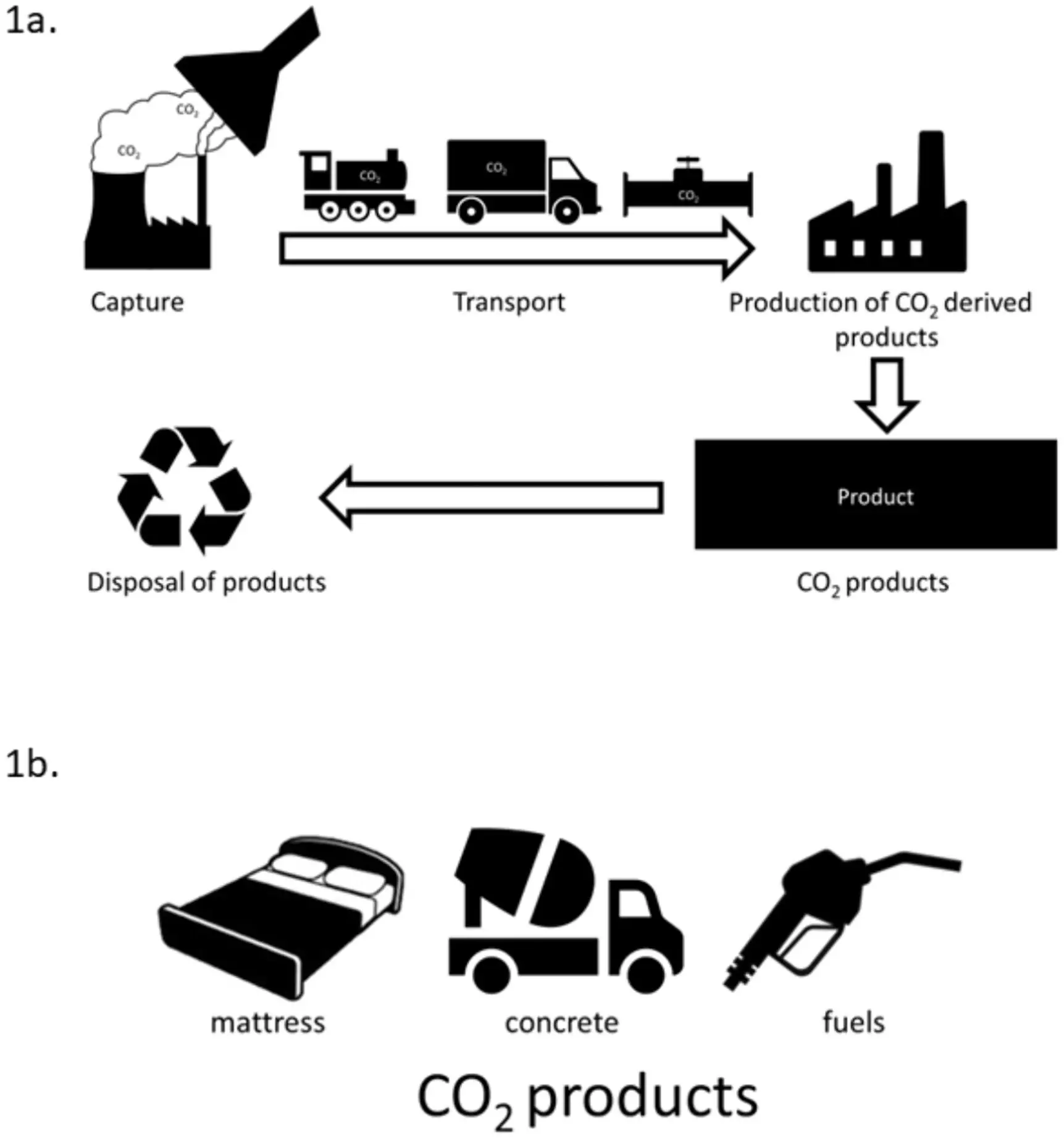As the world grapples with the dire consequences of climate change, a variety of strategies have been proposed to curb greenhouse gas emissions. Among these, Carbon Capture and Utilization (CCU) has emerged as a significant technological solution that captures carbon dioxide from the atmosphere and repurposes it into commercial products like fuels and concrete. However, the success of CCU technologies hinges not just on their technological viability but significantly on public acceptance. A recent study conducted by researchers at the University of Michigan and other institutions sheds light on how different segments of the American public view CCU, revealing a complex landscape of opinions shaped by numerous socio-economic and identity factors.
The study, led by Kaitlin Raimi, an associate professor at the Ford School of Public Policy, analyzes public attitudes toward CCU across three different aspects: its overall usage, the establishment of local facilities, and the types of products generated. Results indicate that a significant portion of Americans view CCU positively on an abstract level. However, this optimism wanes when it comes to local implementations, reflecting a common phenomenon known as NIMBY (Not In My Backyard) syndrome. This skepticism may arise from fears regarding infrastructure changes that accompany the technology, as well as concerns about potential environmental ramifications like land use alteration and carbon leakage.
One striking finding from this study highlights how perceptions of CCU’s impacts vary significantly. Many participants expressed a belief that CCU primarily benefits the economy rather than delivering substantial improvements to health or effectively addressing climate change. This dichotomy raises important questions about how emerging technologies are framed in public discourse. If the narrative predominantly emphasizes economic gain while downplaying environmental risks, it may shape public sentiments in a way that encourages support for CCU projects without fully addressing community concerns. The complexity of this issue necessitates a more nuanced public dialogue that balances economic aspirations with environmental safeguards.
The research also delves into how distinct identities—such as race, gender, and environmental alignment—affect perceptions of CCU. Notably, racial minorities exhibited heightened concerns regarding local environmental risks tied to CCU, possibly stemming from a historical context of environmental injustice and greater exposure to adverse environmental impacts. Moreover, the study found that women were generally less supportive of CCU than men, indicating a gender gap in optimism about potential health and economic benefits. Such variances in public opinion call for a more targeted approach in outreach and engagement efforts.
One of the key arguments made by the researchers is the necessity of integrating diverse stakeholders into the decision-making processes regarding CCU. Since environmental outcomes can be unevenly distributed across different demographics, failing to include all community voices in dialogue may result in policies that exacerbate existing inequalities. The study suggests that underrepresented communities often perceive trade-offs where climate benefits from CCU do not sufficiently outweigh other environmental costs, such as local air pollution resulting from infrastructure developments.
Despite the promising nature of CCU technologies, the broader context of American environmental consciousness presents significant challenges. The study reveals that many Americans exhibit limited concern for climate change, a sentiment that appears to be polarized across political lines. This general apathy may hinder effective mobilization for climate solutions like CCU. The researchers aim to bridge the gap between experts and the public, fostering a participatory dialogue that enables a greater understanding of climate change mitigation strategies.
Ultimately, the research compels stakeholders to rethink not only how CCU is implemented but also how it is communicated to the public. As climate change increasingly threatens natural ecosystems and human societies, the path forward will require a collective approach that considers public sentiment and prioritizes inclusivity in engagement and decision-making. Only through a comprehensive understanding of diverse perspectives can we scale the hurdles facing emerging technologies like CCU and execute meaningful climate action.


Leave a Reply